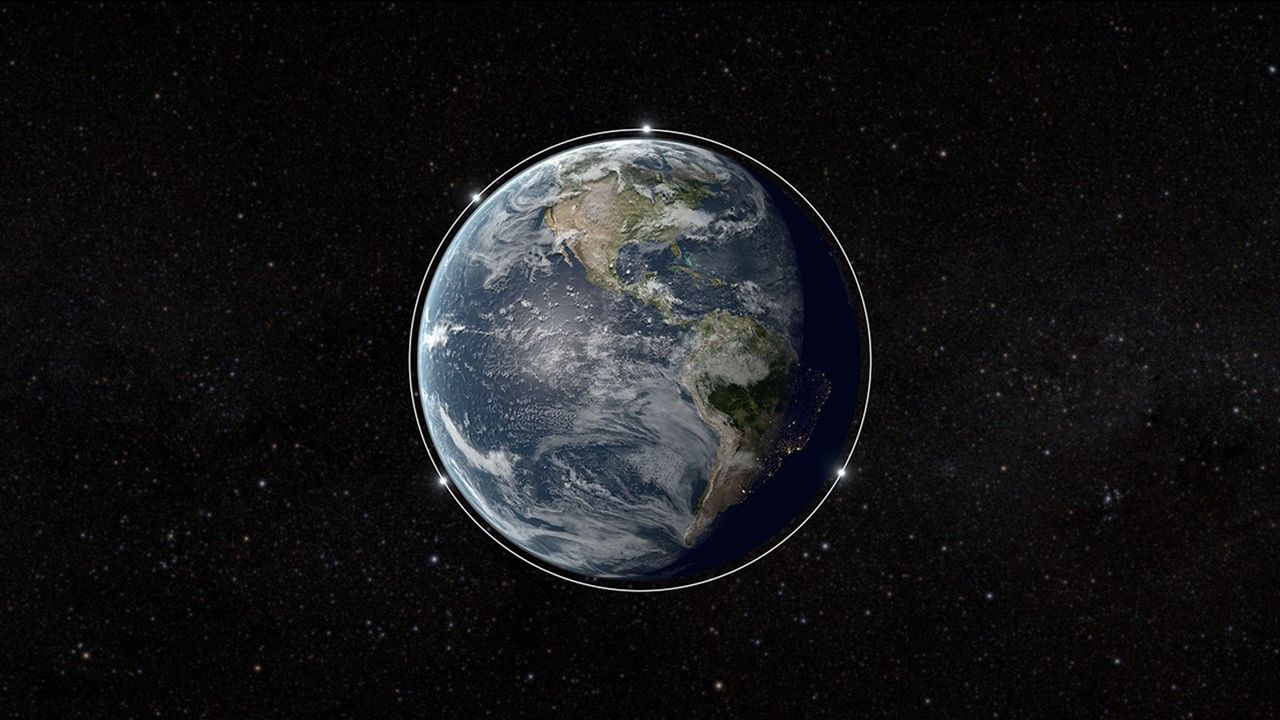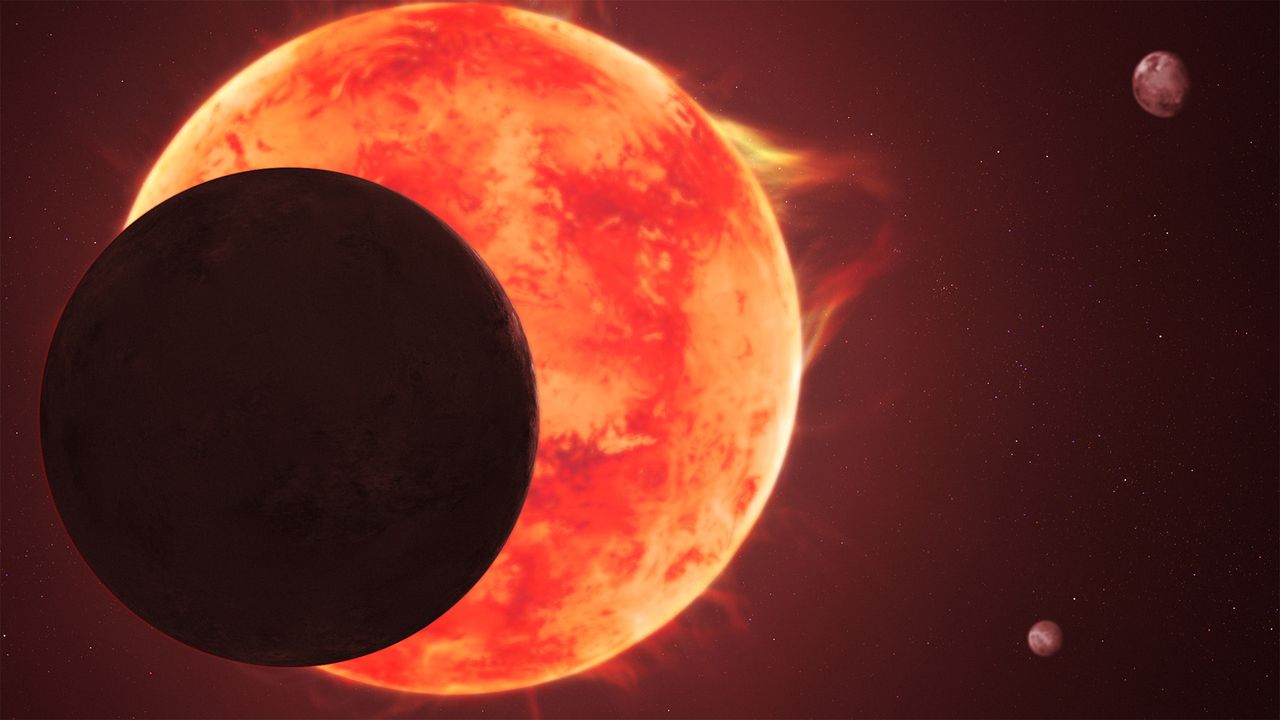Now Reading: NASA’s ‘PUNCH’ Mission Finalizes in Earth Orbit for Sun Study
-
01
NASA’s ‘PUNCH’ Mission Finalizes in Earth Orbit for Sun Study
NASA’s ‘PUNCH’ Mission Finalizes in Earth Orbit for Sun Study

Speedy Summary
- NASA’s new sun-studying mission, PUNCH (Polarimeter to Unify the Corona and Heliosphere), has successfully positioned its four satellites in orbit along Earth’s day-night line.
- The mission aims to investigate the solar wind – a stream of charged particles emitted from the sun’s corona at speeds of up to a million miles per hour – and uncover its precise origin.
- The spacecraft configuration includes three Wide Field Imagers (WFI) and one Near Field Imager (NFI), enabling both close-range observations of radiant phenomena near the sun and distant, faint details in the solar wind.
- PUNCH intends to study links between the sun’s corona, solar wind, and heliosphere-an invisible bubble surrounding our solar system filled with particles emitted by the sun.
- This arrangement was finalized on August 7 after accomplished deployment into specific orbital positions critical for uninterrupted data collection.
- Earlier milestones include “first light images” captured in April 2025 that confirmed all instruments are functioning correctly.
Image captions:
- Visualization showing four PUNCH spacecraft distributed around Earth for unobstructed views of the sun and surroundings (NASA Conceptual Image Lab).
- Mosaic from July 20 showing wide-field imagery including planets Mercury and Venus alongside stars (Southwest research Institute).
Indian Opinion Analysis
The successful deployment of NASA’s PUNCH satellites marks an intriguing advancement in solar research that could deepen humanity’s understanding of space weather science-a field critical not only for astrophysics but also for practical applications such as satellite safety and electricity grid protection on Earth.
For India, which operates an expanding roster of satellites-including communication devices essential for digital infrastructure-and relies heavily on these systems’ reliability, insights from missions like PUNCH may prove valuable in mitigating risks posed by space weather phenomena like geomagnetic storms caused by intense bursts from the solar wind.
Additionally, India’s own investments through ISRO into heliophysics missions-such as Aditya-L1-demonstrate parallel interests aligned with global goals to unravel mysteries about our nearest star. Collaborative studies leveraging findings from international efforts like NASA’s PUNCH could foster cooperative advancements while strengthening India’s position within global scientific discourse on space exploration.























